From Farm to Fido: Easy Ways to Minimise your Dog’s Carbon Paw Print

Cutting back our carbon footprint can be expensive: electric cars, solar panels, carbon offsetting. But cutting your dog’s carbon paw print can be a lot more affordable.
You’ve probably heard about the benefits of a raw food diet for your dog, but did you know that it’s not necessarily the most environmentally friendly? There are a few factors to consider when picking dog food to minimise your environmental impact.
Ingredients
You probably already know that meat isn’t the best thing for the environment but also know that your doggo loves it and have no intention of turning them vegan. You can still decrease their carbon footprint by avoiding beef and lamb in favour of chicken and fish, using products based on offal, or even opting for insect based proteins and rewarding them with the occasional natural dog chew for a meaty treat.

Choosing food with more grains and vegetable rather than 85%+ animal protein animal proteins will help cut back their carbon paw print. Despite the recent emergence of pure-meat dog food products, grains and vegetables are not bad for your dog unless they have specific allergies. They’re crucial parts of a balanced diet and (help your pup to poop!) as well as being the most environmentally friendly food groups.
Lorem ipsum dolor sit amet, consectetur adipiscing elit. Ut elit tellus, luctus nec ullamcorper mattis, pulvinar dapibus leo.

Processing
It’s hard to find a clear answer on the best type of dog food for the environment, but we do know the worst one. Canned/ tinned wet food has the biggest carbon footprint. Processing tinned food releases the most carbon, the moisture makes it heavy to transport and it’s usually needed in large volumes to have the same nutritional value as other types, though the packaging can be environmentally friendly if recycled.
Better options for the environment are dry food, which produces a lot of carbon during its processing but is the lightest option to transport and is needed in the smallest quantities; raw food, which used the least carbon in its processing; or fresh food, which uses some carbon in its processing. It’s worth noting that both raw and fresh food can be heavy depending on how much is needed, and both require freezers or refrigeration, adding to their carbon footprint.
Packaging
Choosing options with recyclable packaging helps in multiple ways. Not only does it reduce the production of plastic, the number of trees that need to be cut down, or the carbon released in metal production, it also sends a message to brands that having recyclable packaging is a must.

Dry food is inarguably the easiest to recycle. A quick wipe down and dry is all that’s needed when the packet’s finished- and that’s left often than any of the other options. Tinned food is the hardest to recyle in terms of maintenance as there’s a lot of tins to wipe and dry. Plastic and cardboard are better options. Selecting a dog food brand with recyclable packaging is one of the easiest environmentally friendly changes you can make. Look for the recycling label when selecting a dog food.

Location
How far your dog food travels is one of the biggest factors in their carbon paw print. There are a surprising number of dog food brands out there and while they may not pay for the marketing to be household names or get stocked in big stores, they do still pay for the nutritional analysis you need to know your pup’s being fed right. Have a google to find some dog food companies local to you and check out their offerings and you can help small businesses and the environment.
Small changes make a big difference. You may not (in fact almost definitely won’t) find a raw food company, with recyclable packaging, that’s also local, but you can avoid big brands, which usually get imported from other continents. Avoiding tinned food is another easy and cost-friendly way to minimise your pup’s carbon paw print, whether you opt for dry, raw or fresh. You can also help minimise the damage by avoiding ingredients that can be milked (such as cows, sheep, goats, etc.), unless they are offcuts or offal, and by purchasing dog food with minimal packaging or choosing packaging that is recyclable – and actually recycling it!
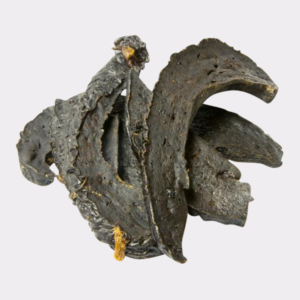
Dried Liver Strip
£1.50
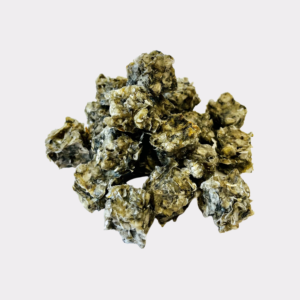
Fish Skin Cube
£0.50
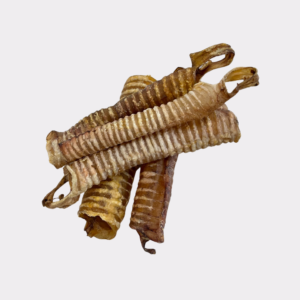
Long Trachea
£3.50
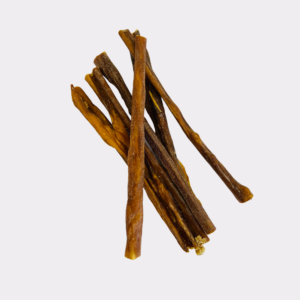
Beef Spaghetti
£0.75
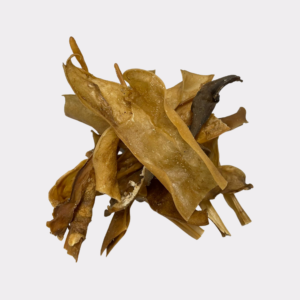
Goat Skin
£0.50
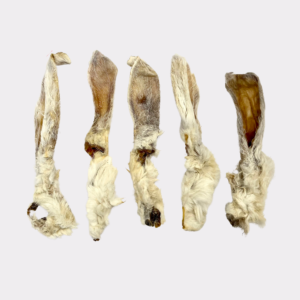
Rabbit Ear with Fur
£0.60
From Farm to Fido: Easy Ways to Minimise your Dog’s Carbon Paw Print

How to Enterain an Injured Dog

What to Teach your Dog First

Antlers, Horns, and Hooves for Dog’s
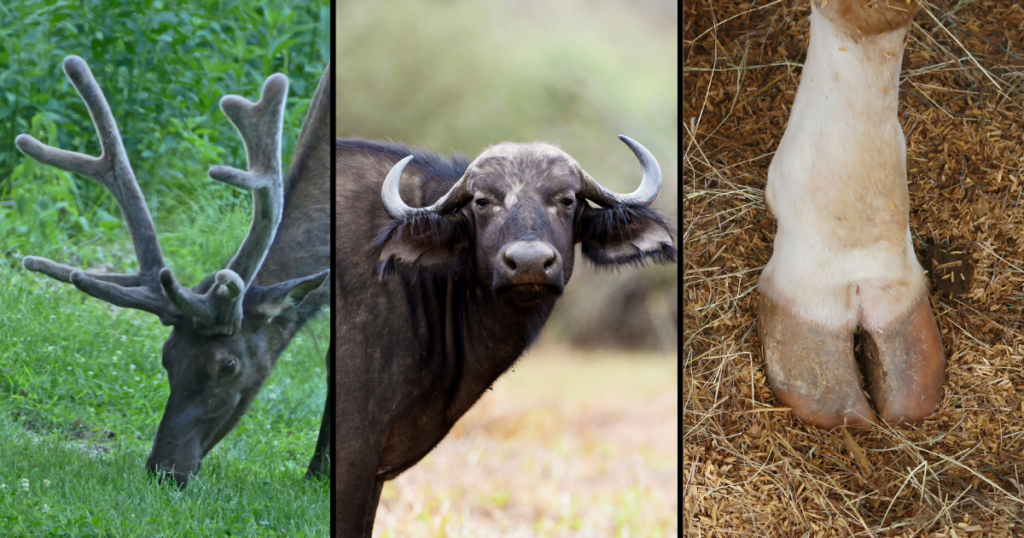
What Bones Can You Feed Your Dog?




